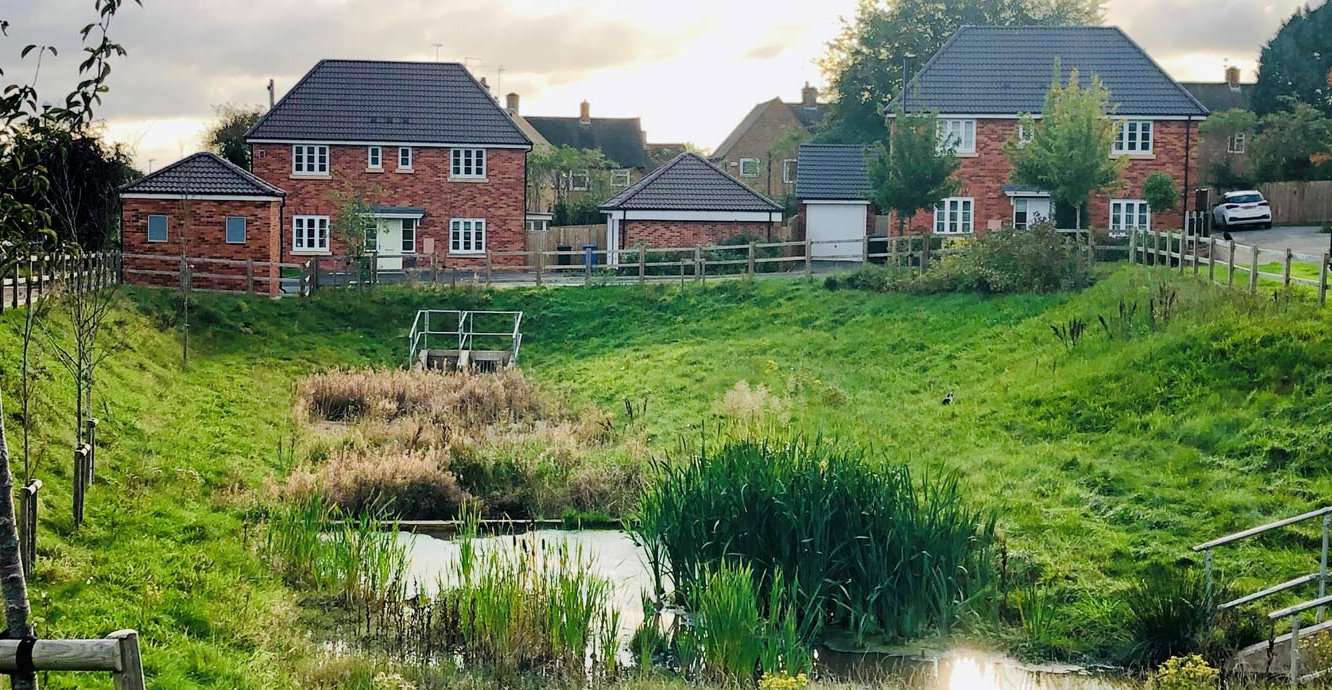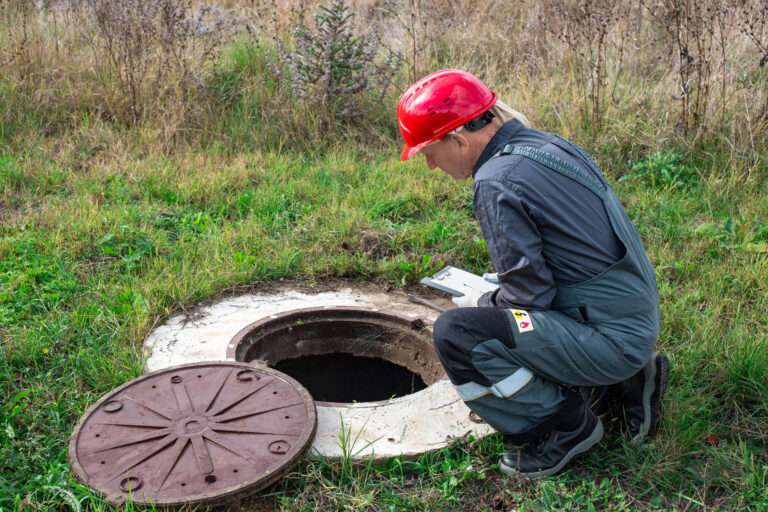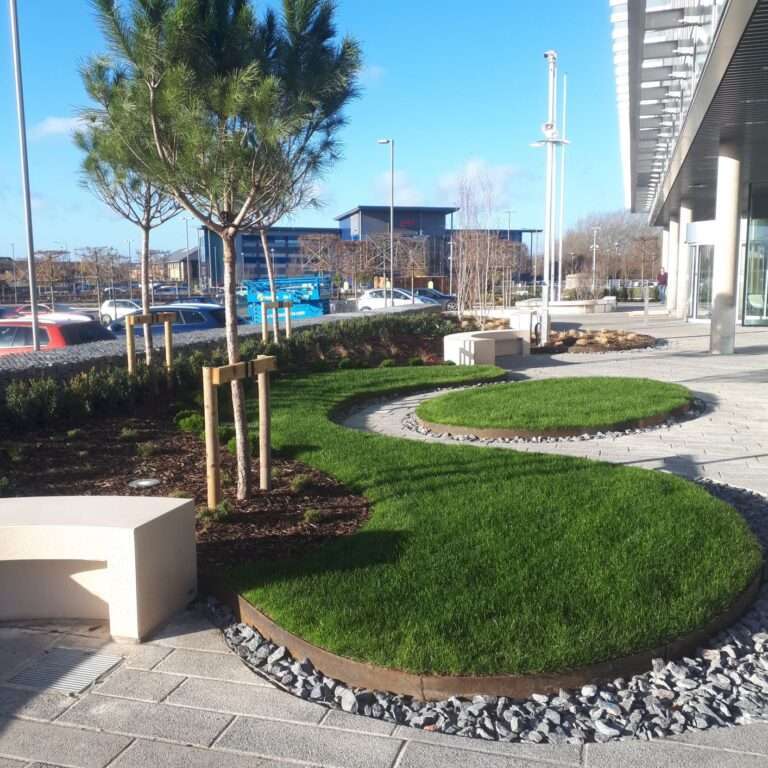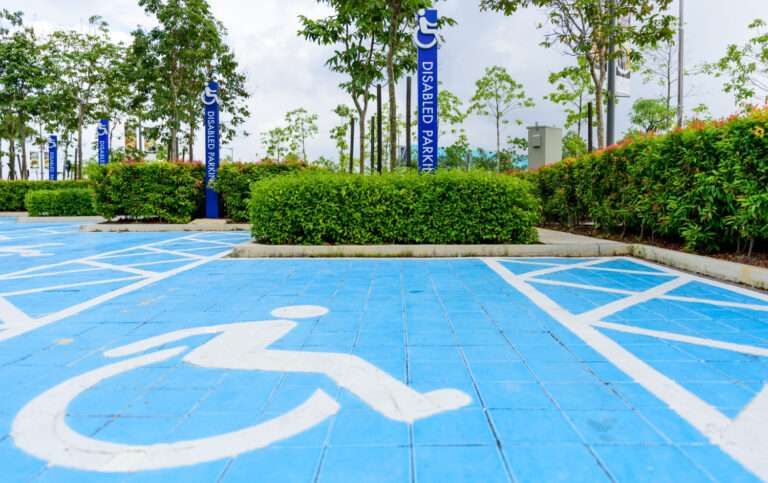Why SuDS Matter for New Build Sites: Protecting Homes, People and the Environment
When it comes to new housing developments, few things are as important yet overlooked as drainage. Sustainable Drainage Systems (SuDS) are no longer just a “nice to have”—they are essential in managing water, reducing flood risk, and improving the overall quality of life for residents. With the UK experiencing more frequent heavy rainfall, SuDS provide a practical, cost-effective, and environmentally responsible solution for new build sites.
In this blog, we’ll explore why SuDS matter, the problems they solve, how they work, and what developers, planners, and homeowners need to know about them.
What Are SuDS and Why Do They Matter?
SuDS are designed to mimic natural drainage processes by slowing down, filtering, and storing surface water before it reaches drains, rivers, and streams. Unlike traditional drainage systems, which push water away as quickly as possible, SuDS manage it in a controlled and sustainable way.
Key benefits include:
💧 Flood prevention – reduced surface water flooding and overloading of sewer systems.
🌱 Environmental protection – cleaner water by filtering pollutants.
🏡 Community wellbeing – attractive green spaces that enhance biodiversity.
💷 Cost savings – long-term resilience and reduced infrastructure damage.
For new build sites, SuDS are not just about compliance—they are about future-proofing developments.
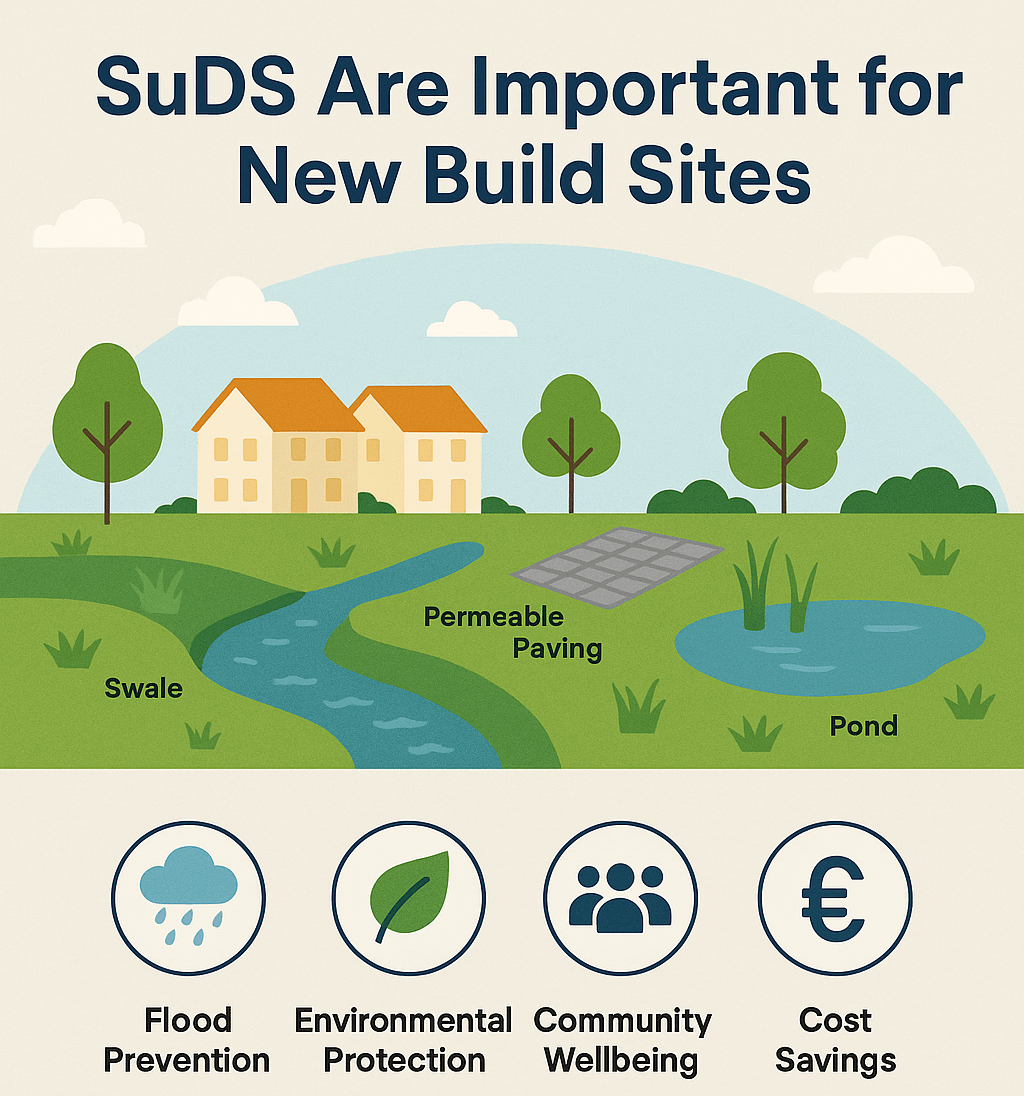
Common Problems Without SuDS
Without effective sustainable drainage, new build developments can face serious issues:
- Localised flooding from overwhelmed drains.
- Pollution risks as untreated runoff carries oils, chemicals, and silt into rivers.
- Costly repairs to infrastructure and properties damaged by water.
- Poor biodiversity with lost opportunities for planting and natural habitats.
- Negative public perception of developments seen as poorly planned or unsafe.
By contrast, SuDS turn these risks into opportunities, making new build sites more appealing and resilient.
Types of SuDS Solutions for New Build Sites
Different SuDS strategies can be integrated into new build designs, depending on the land and requirements.
| 🌿 Solution | ⚡ Benefit |
|---|---|
| Swales | Shallow, vegetated channels that slow and filter water. |
| Permeable paving | Surfaces that allow rain to soak through instead of running off. |
| Detention basins | Low-lying areas that store water temporarily during storms. |
| Green roofs | Vegetated roof systems that absorb rainfall and improve insulation. |
| Ponds & wetlands | Natural storage with added biodiversity benefits. |
| Rain gardens | Attractive landscaped areas designed to manage runoff. |
Each option can be tailored to fit the site, ensuring both functionality and aesthetic appeal.
FAQs About SuDS for New Build Sites
Do SuDS cost more to install than traditional drainage?
Upfront costs can sometimes be higher, but long-term savings from reduced flood damage, lower maintenance, and added property value often outweigh the initial spend.
Are SuDS compulsory for new developments?
In many parts of the UK, planning policy strongly recommends or requires SuDS. Local authorities are increasingly insistent on their inclusion.
How do SuDS add value to new build properties?
Beyond reducing risk, SuDS create attractive landscapes, improve biodiversity, and provide healthier environments—all of which enhance kerb appeal and sales potential.
Will homeowners need to maintain SuDS?
Most SuDS are designed for low maintenance. Developers often arrange management agreements or pass responsibility to local authorities or management companies.
SuDS and Biodiversity: More Than Just Drainage
One of the biggest strengths of SuDS is that they do far more than manage water. By creating wetlands, ponds, and green areas, they attract wildlife, support pollinators, and bring residents closer to nature. For developers, this means higher sustainability credentials and improved buyer satisfaction.
Planning and Compliance Considerations
When proposing a new build site, developers need to demonstrate:
- That surface water runoff will be managed sustainably.
- That the chosen SuDS features align with local planning requirements.
- That long-term maintenance strategies are in place.
Partnering with experienced contractors who understand Drainage & SuDS Solutions ensures that compliance, design, and performance all work hand-in-hand.
Why Developers Can’t Afford to Ignore SuDS
Ignoring SuDS is not just a missed opportunity—it’s a liability. Developments that fail to integrate sustainable drainage risk:
- Planning permission delays or rejections.
- Reputational damage among buyers and investors.
- Long-term safety and financial risks for residents.
Forward-thinking developers are now using SuDS as a selling point, promoting the eco-friendly and resilient nature of their sites.
Conclusion
SuDS are vital for making new build sites safe, sustainable, and desirable. They prevent flooding, reduce pollution, improve biodiversity, and create attractive living spaces. For developers, they offer a chance to demonstrate responsibility and innovation, while for homeowners, they bring peace of mind and better quality of life.
In short, SuDS matter—not just for compliance, but for building communities that thrive in the long term.
Killingley Insights is the editorial voice of NT Killingley Ltd, drawing on decades of experience in landscaping, environmental enhancements, and civil engineering projects across the UK.


